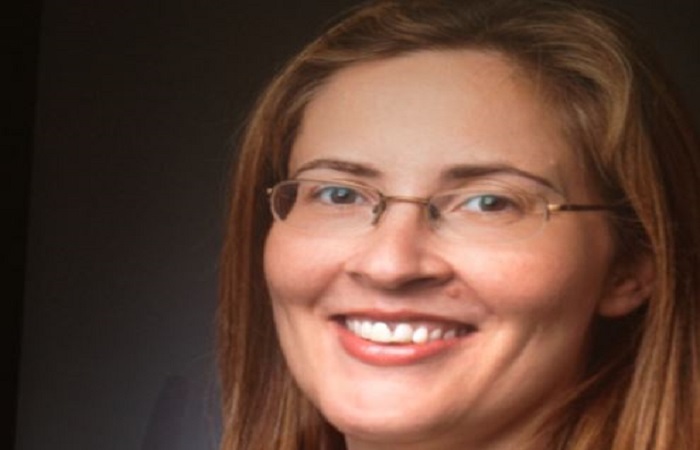
Statutory pension fund organisation Pension Protection Fund (PPF) has reported a 23.7% mean gender pay gap for fixed hourly pay as at April 2018; this is a decrease from 25% in April 2017.
The organisation reported its gender pay gap data in line with the government’s reporting regulations and in time for the private sector submission deadline of 4 April 2019.
The regulations require organisations with 250 or more employees to publish the differences in mean and median hourly rates of pay for male and female full-time employees, the gap in mean and median bonus pay for men and women, the proportions of male and female employees awarded bonus pay, and the proportions of male and female full-time employees in the lower, lower middle, upper middle and upper quartile pay bands.
PPF’s median gender pay gap for fixed hourly pay is 17.1% as at April 2018; this is a reduction from the 20.4% median gender pay gap it reported in 2017.
The organisation’s mean gender pay gap for bonuses paid during the reporting period is 59.1%; this is an improvement on last year’s figure of 64.3%. The median gender pay gap for bonus payments is 30.6%, compared to 24.1% in 2017. Over the current reporting period, 74% of female employees and 71% of male employees received bonus payments.
Less than a third (32.5%) of employees in the highest pay quartile at PPF are female, compared to 46% in the second quartile, 52.5% in the third quartile and 59% in the lowest pay quartile.
Katherine Easter (pictured), chief people officer at PPF, said: “While we are pleased to see some reduction in our gender pay gap, we’re still a long way from where we want to be. This year’s results tell us that we must continue working hard to increase the pipeline of talented women in our organisation.”
PPF attributes its gender pay gap to two main causes. First, the organisation believes that the under-representation of women within its investment and risk team influences its gender pay gap, as the reward structure for this division is different to the rest of the business, reflecting the sector and current market rates in order to attract and retain relevant talent. Secondly, PPF feels that it does not have enough women employed in senior positions.
Andy McKinnon, chief financial officer at PPF, added: “The current scale of the gender pay gap in financial services is a real issue. But while we can’t change the industry, we can be part of the solution. We’re committed to tackling our gender pay gap because we believe it will improve our performance, as well as helping us be an employer of choice.”
To address its gender pay gap, the organisation plans to focus on developing its pipeline of internal female talent. This includes utilising its female employee networks: Emerging Women, Empowering Women and Inspiring Women. The organisation also supports The Diversity Project, an initiative that champions inclusive cultures in investment and risk businesses.
PPF also stated that it wishes to become an employer of choice for working parents. To support this aim, it offers home working, a variety of options for core hours that vary from traditional working times, enhanced maternity and paternity leave, and shared parental leave with 26 weeks of full pay for both male and female staff. The organisation will also continue to operate its coaching programme, which targets women returning to work after having a baby.
PPF signed the Women in Finance Charter in February 2018 to support its efforts to reduce its gender pay gap. As part of this commitment, each of the organisation’s senior executives has a personal objective linked to internal gender diversity targets.
In 2017, the organisation set a target that at least 40% of its senior leaders would be female by 2021. This figure currently stands at 36%, while 42% of its board is female.